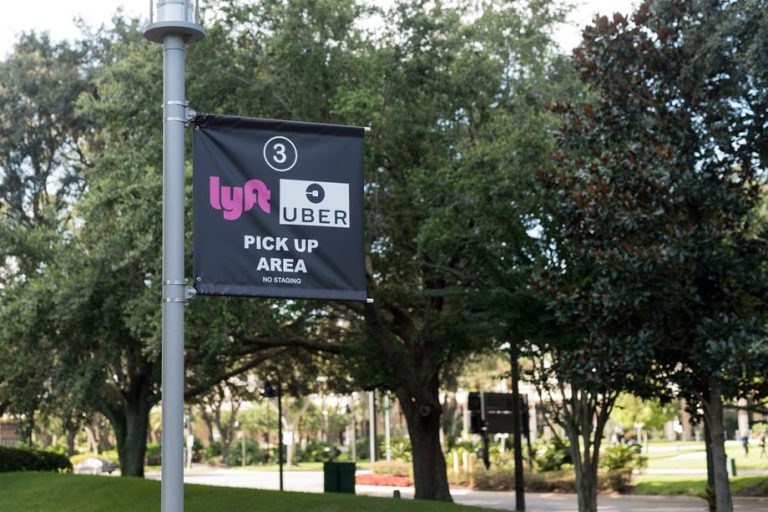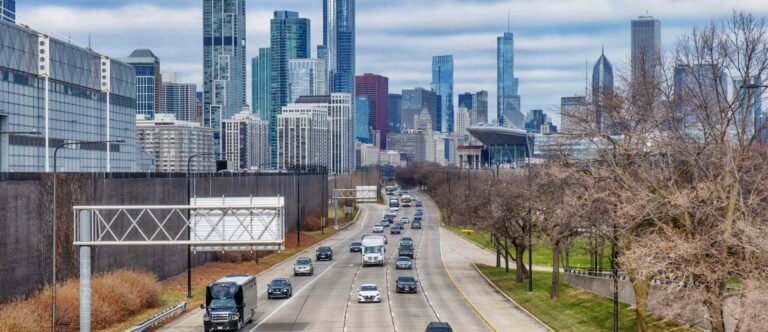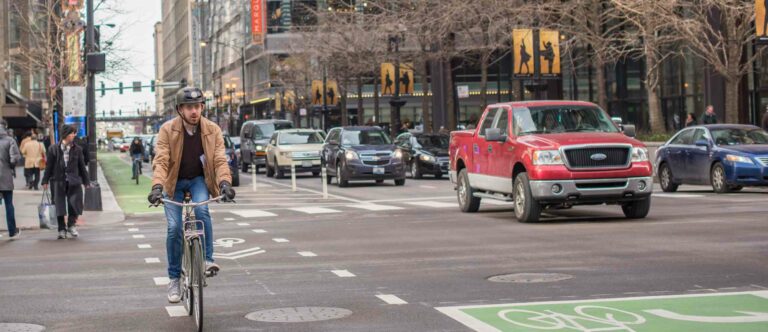Preliminary draft suggests increase in vehicular accidents
Earlier this week, researchers at the University of Chicago released a preliminary draft of an upcoming report suggesting that ride-hailing apps like San Francisco-based Lyft and Uber may lead to more accidents on American roads.
The paper, titled the Cost of Convenience, examined traffic collision data from 2,955 census-designated places between 2001 and 2016, with special attention to the 1,185 areas where ride-hailing is now available and whether accidents spiked with adoption.
A few caveats are necessary for the paper, first being to note that it’s a draft that hasn’t yet been subject to peer review.
Second, University of Chicago Assistant Professor of Accounting John Barrios and his partners say that “Uber and Lyft declined to provide data on driver enrollment and usage for this project” and that instead they measured the degree of app adoption by extrapolating from Google searches “for rideshare keywords,” which other research has highlighted as a useful indicator for increased use.
Be that as it may, here are some of the conclusions:
- Ride-hailing app launches coincided with an unfortunate trend toward more accidents on U.S. roads: “In 2010, 32,885 people died in motor vehicle traffic crashes in the United States—the lowest number of fatalities since 1949. This decline halted and then reversed shortly after the introduction of ride-sharing into U.S. cities.”
- Statistically speaking, the number of accidents on the road increases with ride-hailing app use: “When we separate the accidents into those that do and do not involve a drunk driver, we find that the estimates for non-drunk accidents are similar: a 2-4 percent increase in accidents, across a variety of measures.”
- This trend gets worse in large cities where ride-hailing competes with public transit: “We find that the accident increases are concentrated in large cities (high population), and more impoverished cities (as measured by per capita income). They are primarily concentrated in cities where the ex-ante use of public transportation is higher, consistent with substitution away from the alternative mode of public transportation.”
- This conclusion makes reasonable sense if we consider that ride-hailing apps increase traffic and thus accident potential: While companies like Lyft and Uber contend that they are designed to decrease the number of cars on the road, cities like San Francisco have consistently argued that the use of such apps significantly increases car use in cities, particularly in the most congested neighborhoods. Barrios et al. call the suggestion that “ride-sharing substitutes self-drivers with ride-share drivers” a “naive view.” Ouch.
- On the other hand, some ride-hailing services really do have the potential to decrease traffic and accidents, but they’re not yet popular enough to do much good: “Despite allowing for more utilization of carpools, and therefore potentially reducing total vehicle miles traveled, the introduction of Uber Pool and Lyft Line do not reverse the documented increase in fatal accidents. Instead, the estimates suggest that either the share of pooled rides is insufficiently large enough relative to single rides or that any positive effects of pooled services.”
- Researchers caution that the long-term effects of these services are still not knowable: “Given the relatively short period in which ride-sharing has been in effect, our results are short-term in nature. […] We note that the documented effects may be short-term, as pooling services such as Lyft Line and Uber Pool increase ridership.”
In response to the paper, an Uber spokesperson emphasized the preliminary and non-peer reviewed nature of the findings and deferred to City Observatory Director Joe Cortright’s response expressing skepticism about the findings, citing three alleged shortfalls in the methodology:
– The study leaves out the effect of lower gas prices and increased driving on crash rates.
– Rural areas–which essentially don’t have ride-hailing services–saw even bigger increases in crashes than cities with ride-hailing.
– And the study doesn’t try to correlate the increase in crashes to either the times or the places that ride-hailed vehicles are most used, which would be a much more powerful indicator of a safety effect.
Cortright does not dismiss the Chicago research but does contend that more analysis is needed before accepting its conclusions.
He also somewhat chastises ride-hailing company’s tight-lipped nature on the topic, saying, “We hope that Uber and Lyft would recognize their interest in making more data available to researchers.”
In response to Cortright’s response, Barrios tells Curbed SF that the paper’s methodology “is set up to account for things like changes in gas prices” and that the model used does take time of day into account, though the paper does not include all of this material.
Barrios also protests that the reference to rural accidents is “misleading” because it refers to national averages rather than area-specific analysis.
“You can’t use national averages to talk about causal effects,” said Barrios via email, indicating that the next draft of the study will include material relevant to these critiques.
How a Walner Law® Attorney Can Help
If your loved one has been injured in a motor vehicle accident. The Chicago car accident lawyers at Harvey L. Walner & Associates, Ltd. have over 75 years of experience handling motor vehicle and other personal injury lawsuits resulting from Motor Vehicle Accidents. Contact us today to schedule a consultation and find out exactly what your legal options may be.


 Skip to content
Skip to content







